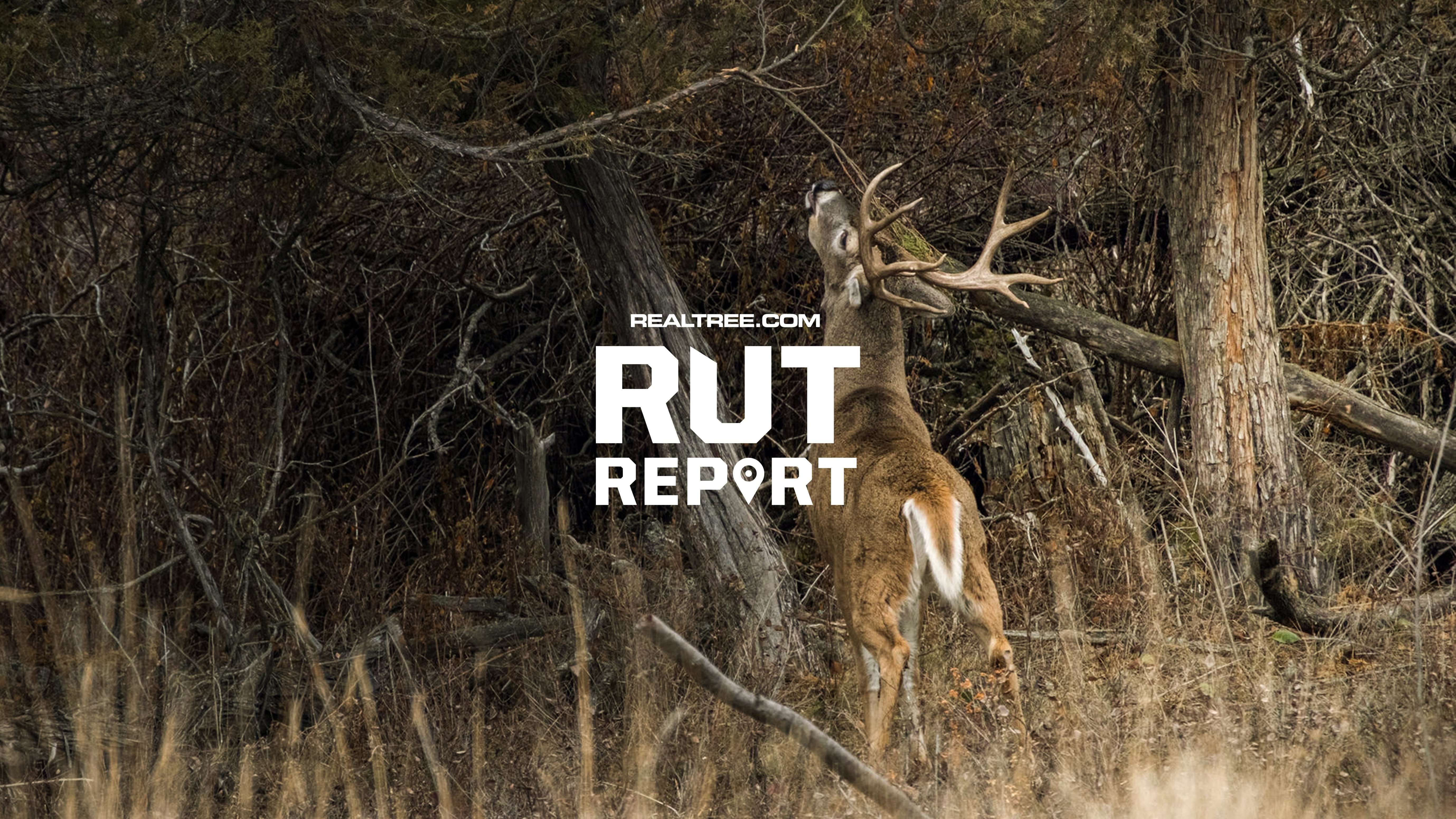Pots and pegs and other friction turkey calls are easy to use right out of the package, and they just might keep you from calling too much
Mouth turkey calls are fun to yak on. So much so that most hunters yelp way too much and way too loud on a diaphragm. I'll go out on a gobbler's roost limb and say this: If we would keep our mouths shut and run a mix of box, slate, glass, and aluminum calls this spring, we'd kill more longbeards.
Sweet Hen Talk
Eastern, Osceola, Rio Grande, and Merriam's, I've heard and studied them all. Regardless of the subspecies, most hens call with a melodious, trilling tone. Those are the pretty ones. But some gals, the nasty ones, have low-pitched, gravelly voices. Any day in the woods, you're apt to hear hen yelps and clucks that fall somewhere between the extremes.
Your goal is to mimic this wide range of turkey talk. Friction calls have those natural hen sounds built right in, from the trilling notes of a cherrywood pot to the raspy hen talk of a walnut box.
To me, scratching lines or ovals on a pot-and-peg call, or stroking the lid of a box, is the best way to reproduce hen yelps. Pop a peg on slate or glass, or tap a box-call lid for realistic clucks. Purring? No-brainer — most people purr the best by skipping a wooden peg across a piece of sanded slate. A high-pitched glass or aluminum call, or a big wooden box, cannot be beat for reaching out and striking strutters with the loud, sharp cutts of a traveling hen.
(Don't Miss: Tips for .410 Turkey Hunting)
Success Out of the Box
One April I flew to Texas to hunt with a buddy. My shotgun made it, but the airline lost my duffel. My pal lent me some camo, boots, and shells. We drove to Walmart and I bought the first slate call I saw. I don't remember what brand.
Easing through a grove of live oaks an hour later, I pulled out the slate, sanded it for the first time, and sent a sweet yelp through the trees. A bird cut me off with a booming gobble. I sat down and floated some tiny clucks and purrs. The sharp-spurred Rio gobbled and strutted all the way into shotgun range.
If you have a reasonably musical ear and good dexterity in your fingers, you can call in and kill a turkey with any friction call right out of the box. That's not so easy with a mouth call, which generally takes some break-in time and practice.
(Don't Miss: How to Triangulate a Roosted Turkey)
10 Friction Call Pointers
- Run a peg in the middle of a slate or glass pot for hollow clucks and yelps. Move the striker out to the edge of the call for higher-pitched notes. By varying pressure on the peg, you can call softly, loudly, or somewhere in the middle.
- Place a peg on a slate or aluminum pot. Angle it slightly inward and pull short strokes to cluck. Don't pick up the peg, just pop it across the call's surface.
- To cutt, make a series of fast, broken clucks. Bear down fairly hard on a striker and skip it over a call's surface. There is no rhythm or cadence to cutting.
- To yelp, run a peg in lines or ovals. Make small lines or ovals for soft yelps; put a little more pressure on the peg and expand the size of your lines or ovals for louder yelps.
- To purr, exert just enough pressure on a peg so that it runs lightly over a call's surface. Make little lines or half-circles.
- Remember to gently sand the tip of a striker as well as the surface of the call to create good friction.
- To cluck on a box call, pop the lid lightly on the sideboard. Or hold the call in your palm, press your thumb down lightly on the top of the lid, and tap it with your other hand.
- To cutt, bear down on the call's lid and pop or tap a series of fast, sharp clucks.
- To yelp, move the handle an inch or less off to the side of the call's sounding lip and simply “close the box.” Put light pressure on the lid for raspy yelps. Press a bit harder on the handle for higher-pitched notes.
- Vary your calling from soft to loud, trilling to raspy, as you hunt each day. You never know which sound will strike a chord with a gobbler and bring him strutting in.
(Don't Miss: 10 Reasons Why You Suck at Calling Turkeys)














